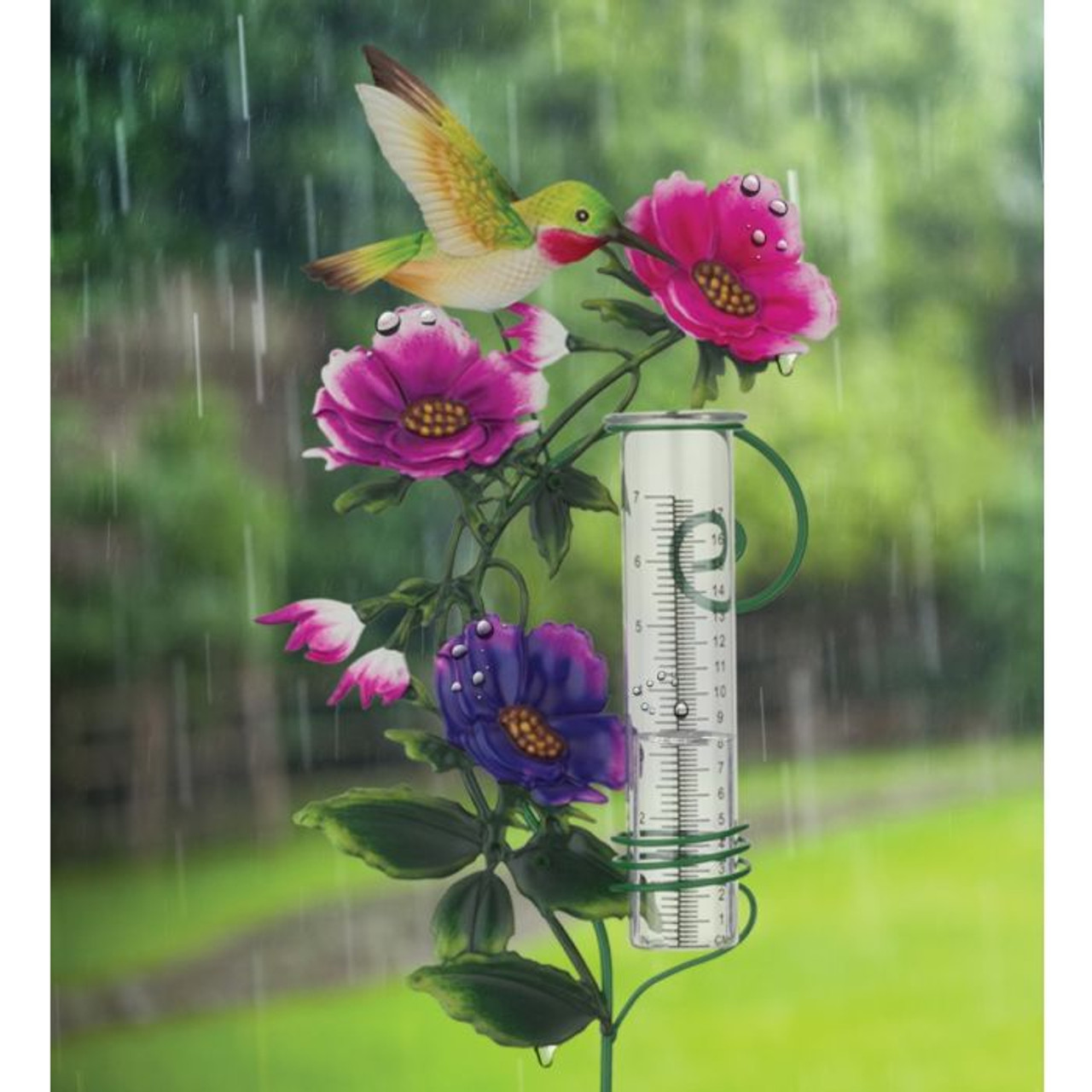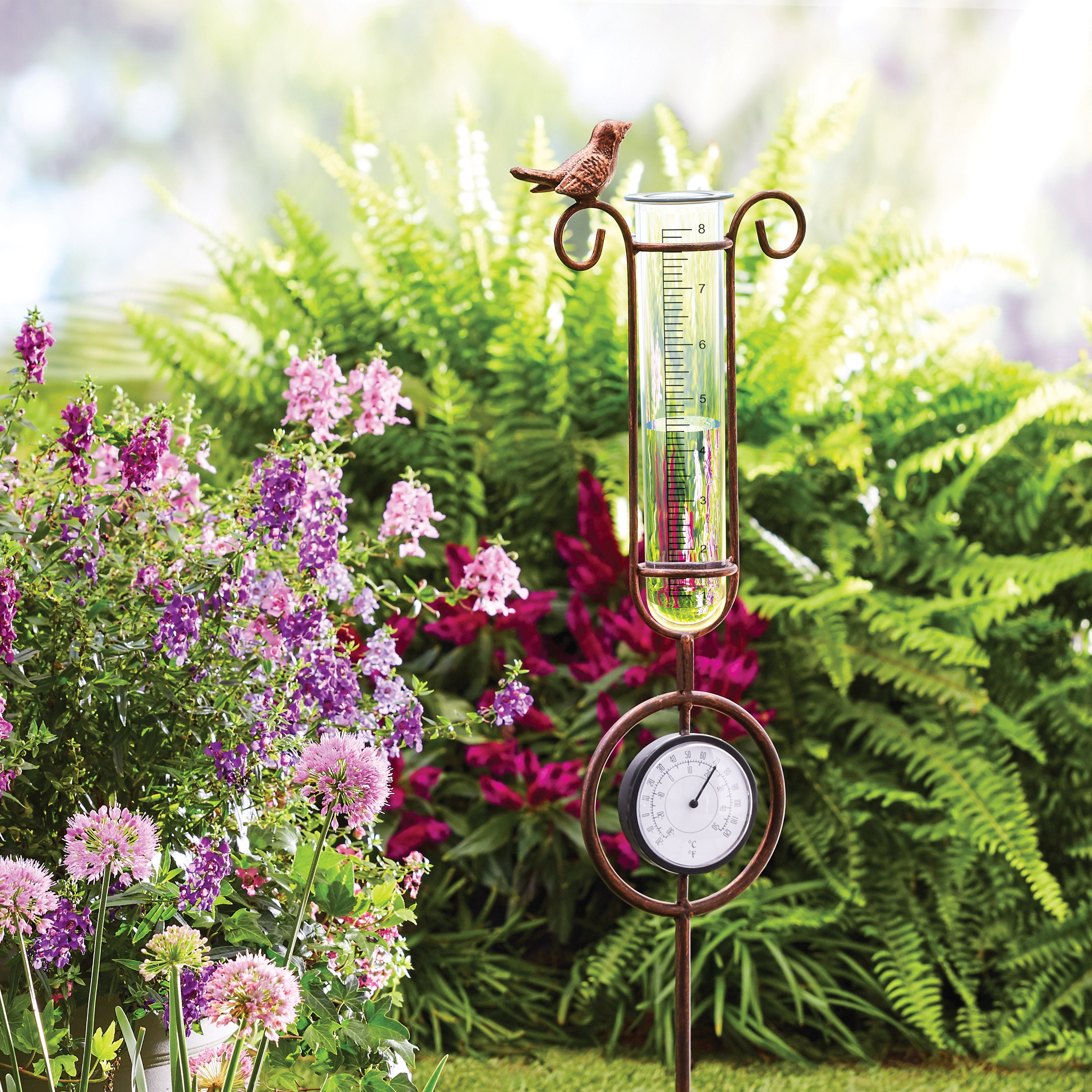The Rain Gauge: Enhancing Agricultural and Environmental Checking Initiatives
The Rain Gauge: Enhancing Agricultural and Environmental Checking Initiatives
Blog Article
Exactly How to Choose the Right Rainfall Gauge for Accurate Rainfall Information
Accurate rainfall data is crucial for numerous industries and activities, such as water, farming, and meteorology source monitoring. To acquire dependable dimensions, it is necessary to select the best rain gauge. This guide intends to provide valuable insights into the selection process, permitting you to make informed choices. Thinking about aspects such as location, kind, and precision of the rain gauge will certainly help ensure precise information collection. Furthermore, recognizing the upkeep and calibration procedures will certainly add to the durability and reliability of your rainfall gauge. By complying with these standards, you can make sure exact rains data, making it possible for much better decision-making and preparation for different applications.
Value of Picking the Right Rain Scale
The relevance of choosing the right rain gauge hinges on obtaining precise and reliable rains data for accurate meteorological analysis. Rain data is important for a wide array of applications, including weather condition projecting, hydrological modeling, and environment research. Incorrect or unreliable data can result in wrong verdicts and flawed decision-making processes.

Second of all, the accuracy and precision of the rain scale are extremely important. The scale needs to be able to determine rains with high accuracy, capturing even percentages of rainfall properly. It must additionally lessen errors as a result of evaporation, wind, and various other environmental elements. Routine calibration and upkeep are vital to ensure recurring accuracy.
In addition, the area and installation of the rainfall gauge are important factors to consider. It must be put in an open location, away from blockages that could affect rainfall dimensions. The scale should be positioned at a proper elevation and angle to prevent spilling and make sure appropriate catchment of rain.
Elements to Consider When Picking a Rain Scale
When choosing a rainfall gauge, there are several vital elements to consider. These elements can considerably affect the accuracy and integrity of the rains information accumulated. The very first factor to think about is the sort of rainfall scale. There are different types available, consisting of conventional rainfall determines, tipping bucket rainfall evaluates, and evaluating rainfall gauges. Each kind has its own benefits and disadvantages, so it is important to pick one that ideal suits your certain requirements and demands.
An additional factor to think about is the material of the rain scale. Rain determines can be made from various products, such as metal, glass, or plastic. The product picked need to be durable and resistant to weather, ensuring that the rainfall scale will certainly withstand the components and supply accurate measurements with time.
Accuracy is additionally a crucial element to consider. Seek rain gauges that have actually been adjusted and evaluated for accuracy. Attributes such as anti-splash rings and funnels can also enhance the precision of the measurements.

Last but not least, think about the climate and setting in which the rain gauge will certainly be made use of. Various rain gauges are suitable for various climates, so it is essential to select one that is appropriate for the conditions in your area.
Various Types of Rainfall Assesses Offered
To even more check out the factors to take into consideration when selecting a rainfall gauge, it is crucial to understand the different kinds of rainfall determines readily available. The most typical kind is the conventional rain scale, also understood as the cylindrical rain scale.
Another sort of rainfall scale is the tipping container rain scale. This scale utilizes a seesaw-like mechanism to gather and determine rainfall. As the rain comes under the gauge, it loads up one side of the container, creating it to empty the water and tip. The variety of tips is counted digitally to figure out the quantity of rains. Tipping bucket rainfall assesses are popular for their accuracy and capability to gauge rains intensity.
A third type of rain scale is the considering rainfall gauge. As the rain drops right into the gauge, it is gathered in a container connected to an equilibrium.
Finally, there are likewise remote rain assesses that usage progressed modern technology to determine rains (The Rain Gauge). These determines usage sensing units and transmitters to send information wirelessly to a central device. Remote rainfall gauges are hassle-free for monitoring rainfall in hard-to-reach locations or for massive data collection
Just How to Establish the Accuracy of a Rain Gauge
One method to analyze the accuracy of a rain gauge is by performing regular calibration measurements. Calibration includes contrasting the analyses of a rainfall gauge to a common measurement, such as a licensed rainfall gauge or a climate terminal with high precision. By comparing the measurements, any disparities or mistakes in the useful site rain scale can be Learn More Here identified and made up.
To perform a calibration dimension, begin by gathering rains information from both the rainfall scale and the basic measurement device over a particular amount of time, such as a month. Compare the analyses and compute the distinction in between them. This difference is called the calibration error.
It is necessary to keep in mind that calibration measurements ought to be carried out consistently, as ecological elements, such as debris, temperature, and wind, can influence the precision of the rain gauge over time. By performing regular calibrations, any kind of changes in the precision of the rainfall gauge can be discovered and modifications can be made as necessary.
Along with calibration, it is also advised to tidy and preserve the rain scale consistently to guarantee its accuracy. Eliminate any kind of debris or blockages that may influence the accuracy of the dimensions, and look for any indications of damage or use that may need repair work or replacement.
Tips for Preserving and Calibrating Your Rainfall Gauge
Routine upkeep and calibration are important for guaranteeing the precision and integrity of your rain gauge in gauging rainfall data (The Rain Gauge). By adhering to a few easy pointers, you can guarantee that your rain scale is appropriately preserved and calibrated
First of all, it is necessary to cleanse your rainfall gauge consistently to stop any debris or dirt from blocking the rainfall collection device. Make use of a moderate cleaning agent and a soft brush to gently cleanse the inside and outside of the scale. Rinse it extensively with tidy water and enable it to dry totally before reinstalling it.
Secondly, it is advised to calibrate your rainfall scale a minimum of yearly. Calibration entails contrasting the dimensions of your rainfall scale with those of a trusted and precise referral scale. This will certainly aid you identify and correct any potential errors in your rain gauge's measurements.
To calibrate your rainfall scale, accumulate a well-known quantity of water making use of a gauging container and contrast it with the dimensions videotaped by your rainfall gauge. Change the readings accordingly to guarantee accuracy.

Final Thought
Finally, selecting the right rain scale is critical for getting precise rainfall data. Factors such as location, purpose, and budget plan should be taken into consideration when selecting a rainfall gauge. There are various kinds of rain assesses available, each with their own benefits and limitations. It is very important to consistently maintain and calibrate your rainfall gauge to guarantee its precision. By complying with these standards, accurate rainfall information can be obtained for different applications.
There are various kinds readily available, consisting of basic rain assesses, tipping bucket rainfall assesses, and evaluating rainfall assesses.To additionally discover the aspects to consider when choosing a rain gauge, it is essential to comprehend the various kinds of rain gauges available. The most typical type is the standard rainfall gauge, additionally understood as the round rainfall gauge.Another type of rain scale is the tipping container rain gauge. Calibration involves contrasting the analyses of a rain gauge to a basic measurement, such as a certified rainfall scale or a weather condition station with high precision.
Report this page